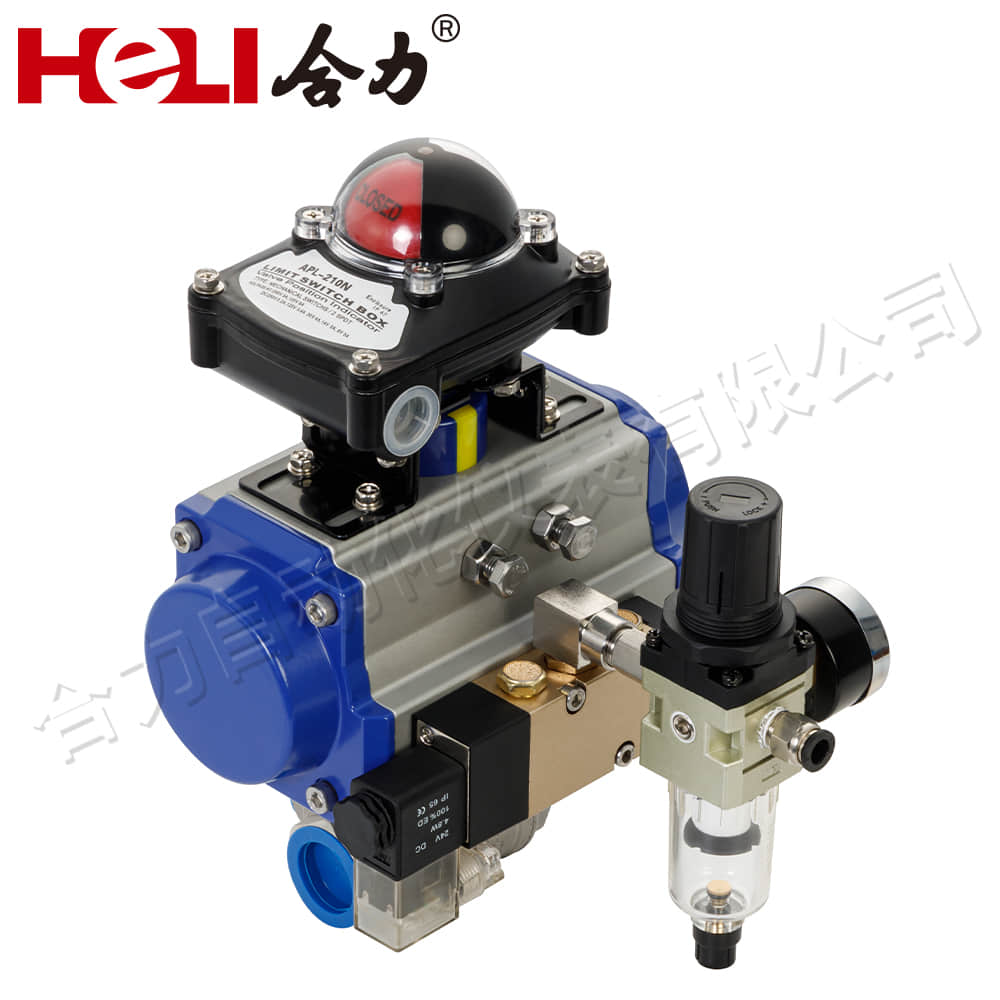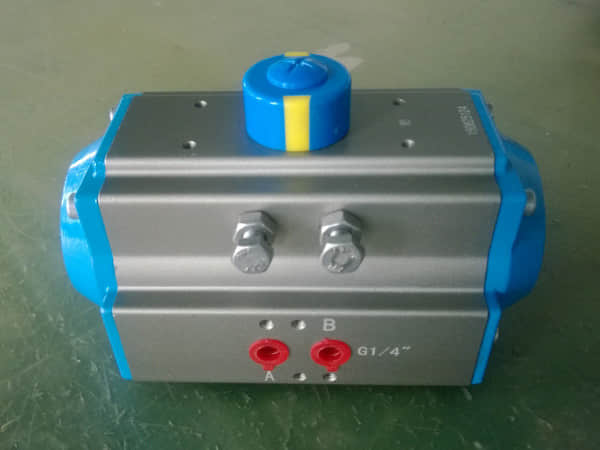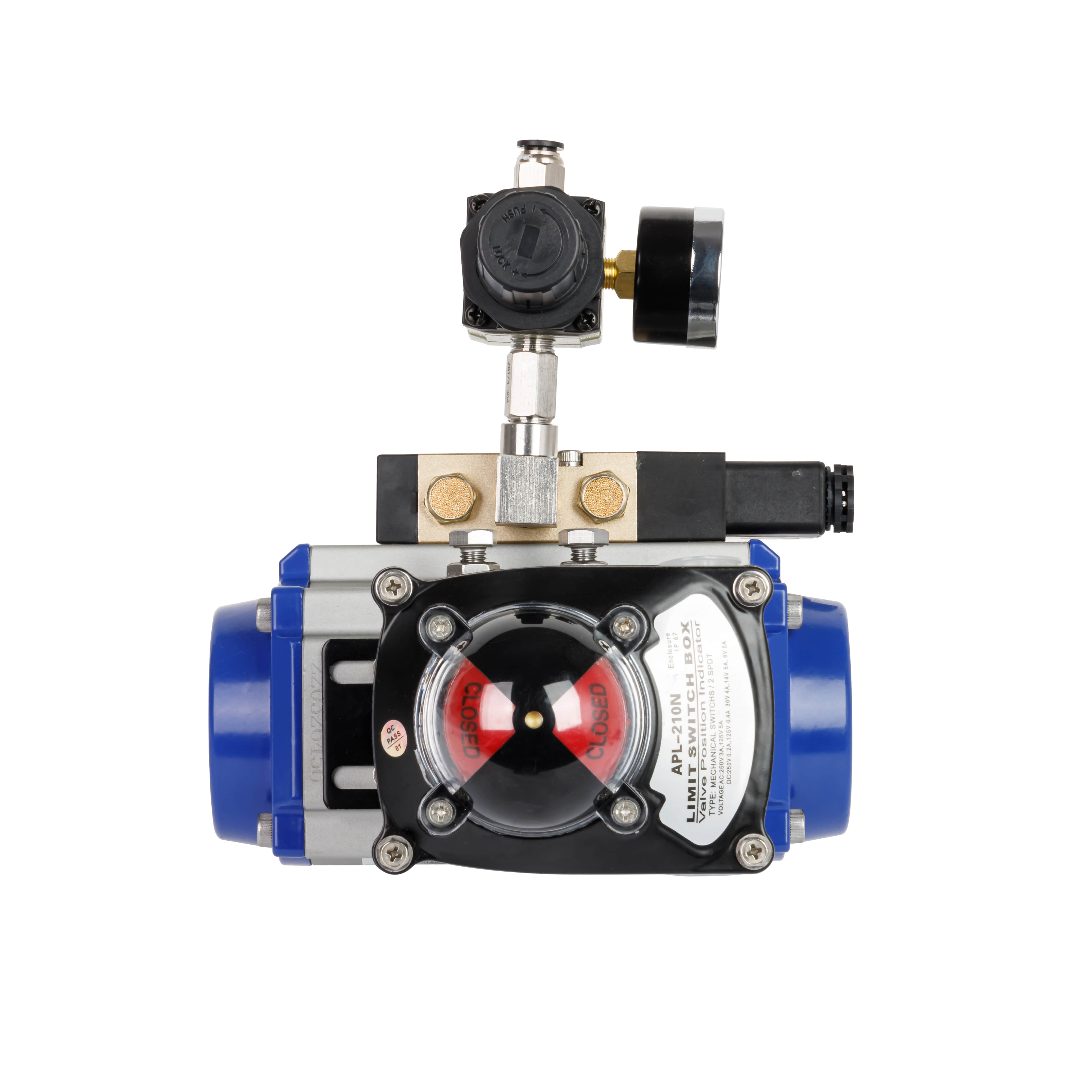understanding pneumatic actuators: a comprehensive overview
Release time:2024-12-04 23:25:59
Pneumatic actuators are vital components in many industrial applications, playing a critical role in automating processes and enhancing operational efficiency. These devices utilize compressed air to generate motion and are widely used in various sectors, including manufacturing, chemical processing, and automation systems. This article delves into the functionality, types, advantages, and applications of pneumatic actuators, highlighting their significance in modern industry.

What is a Pneumatic Actuator?

A pneumatic actuator is a mechanical device that converts compressed air energy into linear or rotary motion. The fundamental principle behind pneumatic actuators is simple: when air is compressed into a chamber, it exerts pressure on a diaphragm or piston, causing it to move. This movement can be harnessed to perform a range of tasks, such as opening or closing valves, moving robotic arms, or positioning various machinery components. Types of Pneumatic Actuators
Pneumatic actuators can be categorized into several types based on their design and functionality:




